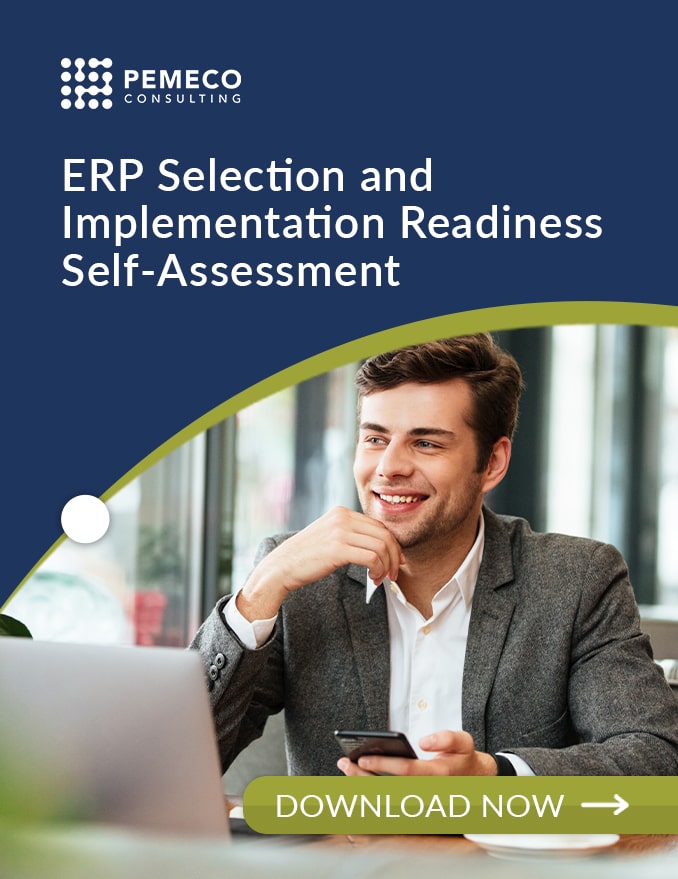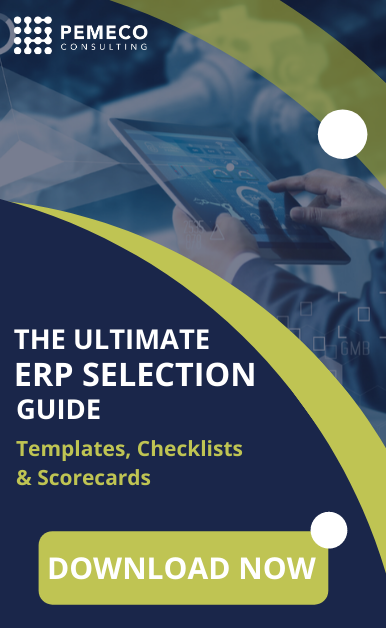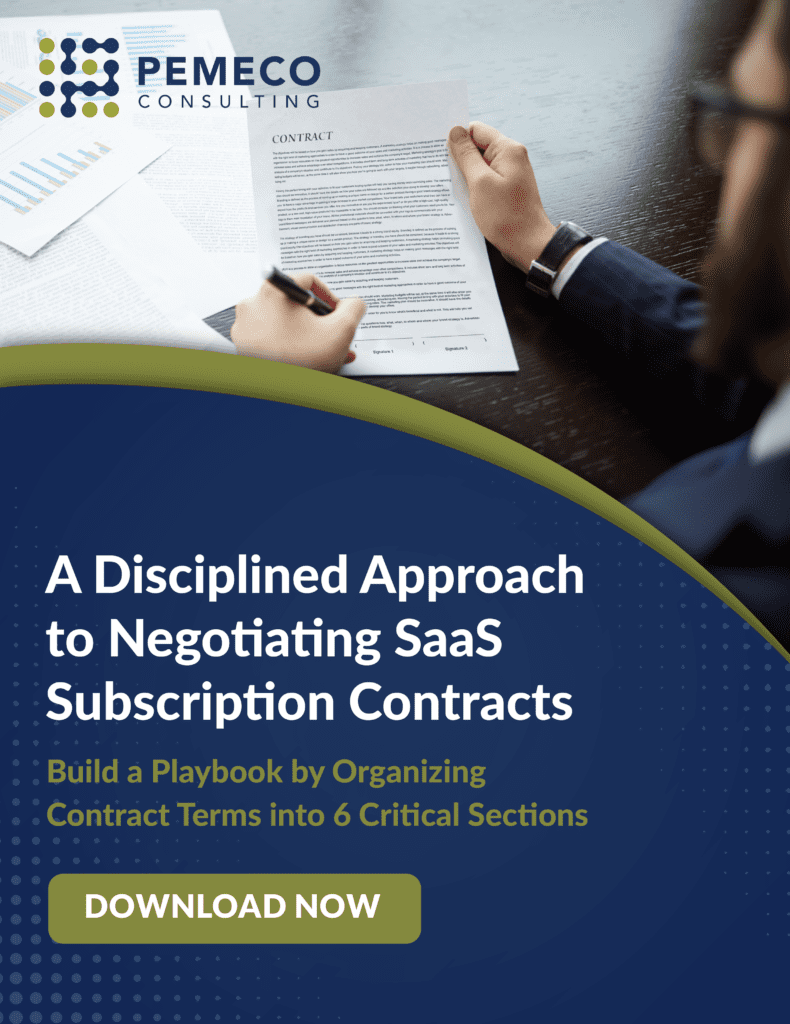Cloud adoption has been a buzzword for years, hailed as a cost-effective and secure way to improve database scalability. Because of that, companies have scrambled to jump on the bandwagon. In fact, Gartner’s research vice president estimates 85% of enterprises will have a cloud-first principle by 2025.
But is the cloud really this ultimate cost-saving remedy everyone’s heralding it to be? Recent research suggests it’s not.
According to a recent CFO article, almost three-fourths of U.S. organizations have experienced public cloud cost overruns. And these aren’t slight cost increases—they’re up to 62% more than originally planned. A 2022 Forbes article also explored cloud repatriation and why companies remove workloads from public clouds. As you can guess, the leading cause of cloud repatriation is the high operating costs.
However, this research addresses technology developers managing applications—not enterprise technology consumers. So the real question is whether these analyses apply to enterprise systems like cloud ERP and CRM.
Below, we will answer that question by diving into the pros and cons of cloud ERP.
Pros of Cloud ERP
There are many benefits of cloud ERP, from more options to a refocused IT department.
Availability of Options
By opting for a cloud ERP solution, you immediately gain access to more options. There are, for example, certain vendors who only sell cloud solutions – Oracle Cloud, Plex, and NetSuite.
Now, you might be looking at vendors that offer both on-premise and cloud solutions (like Microsoft and Infor). In this case, it might seem that both options are fairly equal in terms of availability. However, that’s not exactly true. Many vendors give precedence to their cloud solutions when releasing updates, so choosing the cloud version is often better.
Access to Compute-Intensive Machine Learning
Speaking of staying up to date with new technology, cloud ERP can also give you access to artificial intelligence functionalities (functionality that could be prohibitively expensive to deploy on one’s own datacenter). Several SaaS ERP vendors already offer cloud solutions with next-generation machine-learning and AI capabilities.
AI technology in an ERP system can help improve analytics and forecasting abilities, optimize system performance, automate repetitive finance and accounting functions, and offer more consistent customer service. And that’s just the beginning. As machine learning technologies and AI solutions evolve, cloud ERP systems will likely incorporate even more AI functionalities.
Fully Integrated Managed Infrastructure and Security
We all know that technology sometimes fails—servers can go down or you can lose connection. Even if the outage lasts for just a few seconds, the damage can be catastrophic.
Top ERP cloud vendors understand that risk, so they provide solutions with sophisticated system redundancies. That means if the system experiences any type of failure, the systems automatically failover to another data center until the issue is resolved.
If you were to create a similar highly available backup system, it could cost millions of dollars in networking, infrastructure, and personnel. By investing in a cloud ERP system, you can avoid those costs and still reap the benefits of redundancies.
Evergreen Software
Another significant draw of cloud systems is their evergreen software, meaning system updates are automatic. With on-premise solutions, you need to wait for news of an available upgrade, plan the deployment, and then oversee it.
Cloud ERP solutions simplify that process by making all system updates automatic, saving you time and effort. However, it’s worth noting that this can also cause some drawbacks, which we’ll discuss below.
IT Department Focused on Business Priorities
Implementing a cloud ERP solution can free up your IT team’s time, allowing them to focus on business-critical work. Instead of spending (too much) time on tedious maintenance tasks like applying patches and upgrades, they can move their attention to strategic initiatives like Industry 4.0 and process improvement.
This shift in IT capabilities allows your IT to make better use of their time and skills—and can ultimately help your company grow and increase its ROI.
Cons of Cloud ERP
Nevertheless, there are some distinct cloud ERP disadvantages to consider before making the switch. These range from the unforeseen costs of cloud software to ease of access.
Business Continuity Risks
On-premise solutions typically offer perpetual software licenses, letting companies use the software even when the provider stops supporting the application or goes out of business. Cloud vendors don’t provide that.
If a cloud vendor stops providing services or goes bankrupt, customers can no longer use their cloud services. And if the business heavily depends on that cloud vendor, a sudden service drop can be detrimental.
One way to reduce business continuity risks is by choosing a cloud vendor that offers SaaS escrow agreements. These software protection solutions offer access to a third-party cloud application that ensures business continuity if the vendor ever goes out of business.
Forced Updates
We already mentioned that evergreen software was one of the pros of cloud ERP, but its forced updates make it a double-edged sword.
It’s great not having to keep track of updates and deploy them. But forced updates within a certain period can interrupt the business flow and affect customer experience, not to mention custom extensions, integrations, and overall functionality.
To ensure these updates have minimal adverse effects, companies may need to develop standard processes to test the updates and train the end-user community before deployment. And that may involve hiring personnel to complete that testing, update internal training manuals, and then train employees.
Unexpected Costs
Hiring more people to manage the updates is just one of the many unexpected costs that can come with cloud ERP. Because the software is not unlimited (as many believe it is), many benefits come at an added cost.
For example, vendors might charge for added storage, environments, and API connections—things that can be much cheaper with on-premise solutions. Another thing to consider is the added costs of deploying redundant networks that maintain connectivity in the event of a network outage.
Many organizations don’t consider these expenses in their initial cost analysis and find themselves exposed to cost overruns.
Internal IT Still Required
Another misconception about cloud ERP is that it doesn’t require an IT department. Businesses may think they can counteract the added costs by downgrading or eliminating their IT departments, but that’s not true.
Cloud ERP systems still need IT support. You might be able to reduce their workload and functions, but the IT team still needs to manage the following:
- Business systems analysis
- Network administration
- Help desk
- Security
- Systems administration
Cloud System Availability
It seems everyone’s heard of the cloud—so that means it’s available everywhere, right?
Wrong.
Cloud ERPs need high-performing broadband network access, which is not yet universally available. For example, companies with remote or underground business locations might not have a reliable connection and, therefore, can’t consider the cloud a viable option.
The Verdict: Cloud ERP Can Be Well Worth It—for Some
There’s research saying seemingly contradicting things—that cloud ERP could bring added risks, but it could also be the perfect solution. And both are true. It all depends on your business case and your company’s current circumstances.
So if you’re considering cloud ERP, it’s essential to put aside all preconceived notions of the cloud and critically examine the benefits, risks, costs, and requirements. Weigh them against your company’s current resources to determine the perfect setup—which may come in the surprise form of a hybrid solution. That way, you still get the strengths of the cloud while shifting some workloads to local systems to cut costs.
If you need help deciding which solution is right for your company, Pemeco can help. We examine clients’ needs and resources and help them build a business case. To learn how we can help advance your organization, contact us today.






